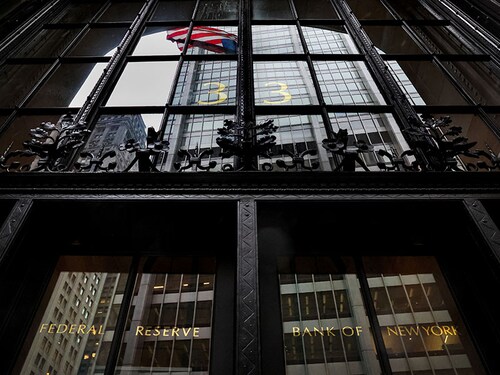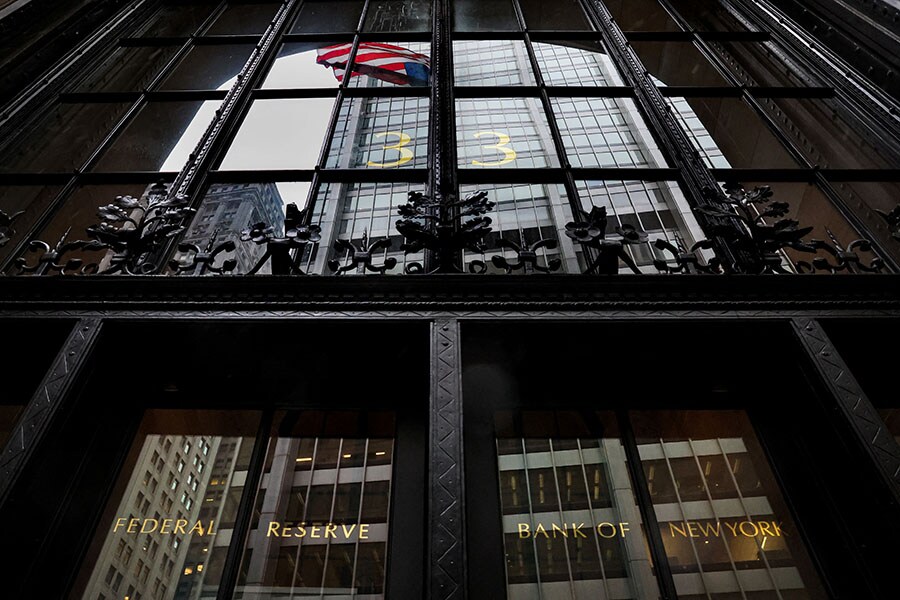Federal Reserve and Central Banks Take Action to Ensure Dollar Flow Amid Banking
The board announced a strategy to strengthen liquidity conditions by utilising "swap lines," which involve two central banks exchanging currencies


 Image: Brendan McDermid / Reuters
Image: Brendan McDermid / Reuters
The Federal Reserve of the United States, along with five other central banks, has revealed a joint initiative to ensure the continuous flow of the U.S. dollar due to several banking crises in both the U.S. and Europe.
This announcement was made on March 19th, shortly after Swiss-based Credit Suisse was acquired by UBS for $3.25 billion in an emergency measure led by Swiss regulators to safeguard the stability of the nation"s finances.
The board announced a strategy to strengthen liquidity conditions by utilising "swap lines," which involve two central banks exchanging currencies. This approach was previously utilised by the Federal Reserve as an emergency measure during the global financial crisis of 2007-2008 and in response to the COVID-19 pandemic in 2020.
These swap lines were established by the Federal Reserve to increase the availability of dollar funding in challenging economic circumstances. To enhance the effectiveness of the swap lines in providing U.S. dollar funding, the central banks involved have agreed to increase the frequency of seven-day maturity operations from weekly to daily.
Starting from March 20th and lasting until at least April 30th, the network of swap lines will comprise the Bank of Canada, Bank of England, Bank of Japan, European Central Bank, and the Swiss National Bank.
Despite recent banking crises such as Silvergate Bank and Silicon Valley Bank collapsing and the New York District of Financial Services taking over Signature Bank, the Federal Reserve did not explicitly mention these events in its statement. The move to establish the swap line agreement was instead explained as a means to enhance availability of credit to businesses and households.
The Federal Reserve described the swap line network as a set of readily available standing facilities that serve as a critical liquidity support mechanism to alleviate tensions in global funding markets, consequently reducing the impact of such tensions on the provision of credit to households and businesses.
The Federal Reserve has been endeavouring to avert a worsening of the banking crisis. In an effort to ensure that banks have adequate liquidity to address customer demands during challenging market conditions, the Federal Reserve established a funding program worth $25 billion last week.
According to an analysis conducted by several economists regarding the SVB collapse, as many as 186 banks in the U.S. are at risk of insolvency.
The report further stated that if only half of the uninsured depositors choose to withdraw, nearly 190 banks are at risk of impairing insured depositors, and around $300 billion in insured deposits may be jeopardised.
Shashank is the founder of yMedia. He ventured into crypto in 2013 and is an ETH maximalist. Twitter: @bhardwajshash
First Published: Mar 21, 2023, 16:28
Subscribe Now